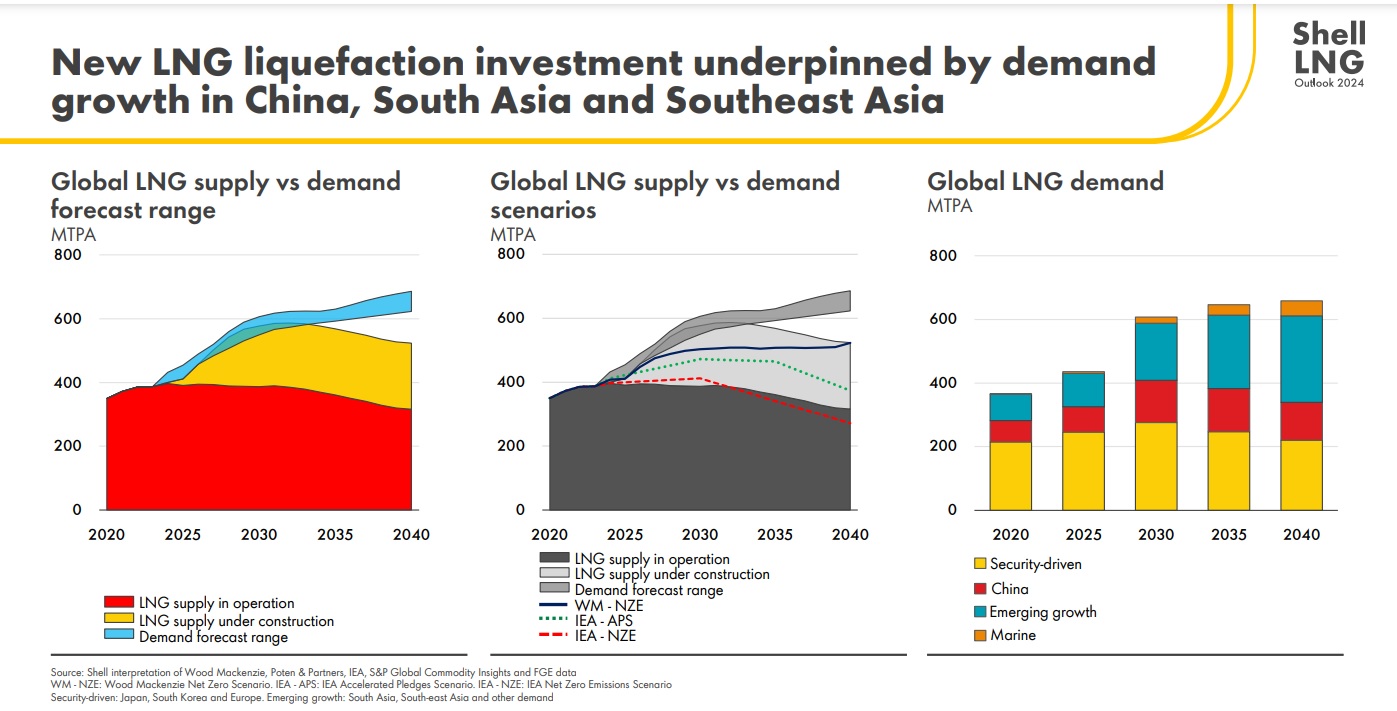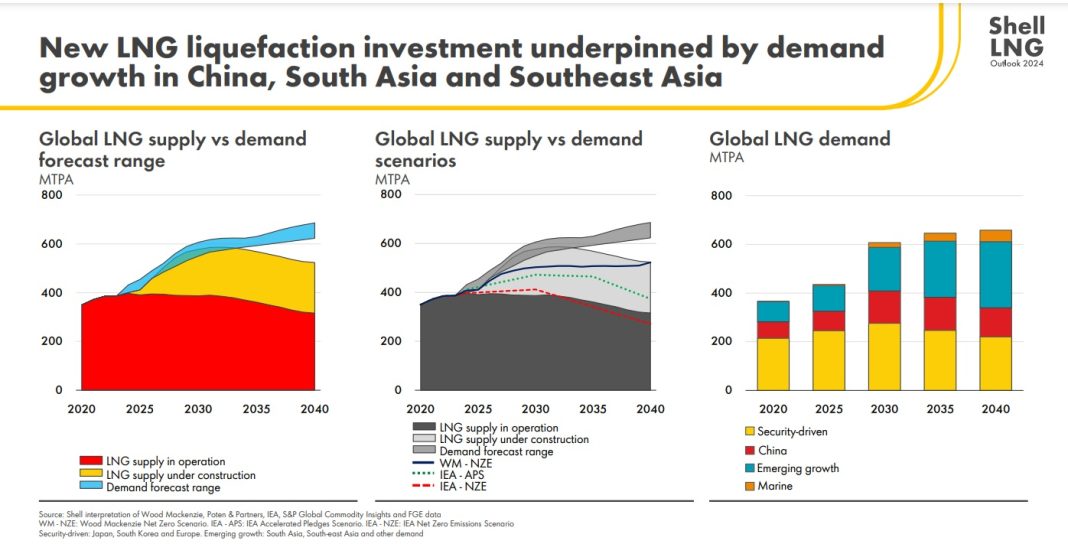 Oil Prices Continue to Slide as Supply Concerns Ease
Oil Prices Continue to Slide as Supply Concerns Ease
In a downward trend, benchmark U.S. crude oil for July delivery fell 92 cents to $76.99 per barrel on Friday. Similarly, Brent crude for July delivery also experienced a decline, falling 24 cents to $81.62 per barrel. These price drops come as welcome news for consumers who have been grappling with rising fuel costs in recent months.
One of the factors contributing to the decline in oil prices is the easing of supply concerns. As major oil-producing countries, including the United States, Russia, and Saudi Arabia, have increased their production levels, fears of a shortage have subsided. This increase in supply has helped stabilize prices and alleviate some of the pressure on consumers.
Another significant factor impacting oil prices is the global demand for gasoline. Wholesale gasoline for June delivery saw a modest increase of 3 cents to $2.43 a gallon. This rise in gasoline prices can be attributed to the gradual recovery of the global economy, which has led to an uptick in travel and transportation activities. As more people return to work and begin traveling again, the demand for gasoline is expected to continue to rise, potentially driving prices higher in the coming months.
Meanwhile, the price of heating oil experienced a slight decrease, falling 1 cent to $2.36 a gallon. This decline in heating oil prices can be attributed to the transition from winter to spring, as households rely less on heating systems and demand decreases.
In the natural gas market, July natural gas rose 2 cents to $2.59 per 1,000 cubic feet. This increase may be influenced by several factors, including weather patterns and the demand for natural gas for electricity generation. As temperatures rise during the summer months, the demand for natural gas for cooling purposes increases, which could potentially impact prices.
Turning our attention to precious metals, gold for August delivery fell $20.70 to $2,345.80 per ounce. Similarly, silver for July delivery saw a decline of $1.09 to $30.44 per ounce. These price drops could be attributed to a variety of factors, including economic indicators, investor sentiment, and fluctuations in currency markets. As investors assess the current economic landscape, they make decisions regarding their investment portfolios, which can impact the demand and price of precious metals.
Finally, in the currency market, the dollar rose to 157.28 yen from 156.84 Japanese yen, while the euro rose to $1.0842 from $1.0837. Currency fluctuations are influenced by numerous factors, including interest rates, economic indicators, and geopolitical events. These changes can impact international trade, investment flows, and exchange rates, ultimately affecting the purchasing power of consumers.
In conclusion, the recent decline in oil prices can be attributed to a combination of factors, including increased oil production and easing supply concerns. While consumers may be relieved by the reduction in fuel costs, other factors such as the recovery of the global economy and seasonal demand patterns could potentially impact prices in the future. Additionally, fluctuations in precious metals and currency markets reflect the complex interplay of economic forces and investor sentiment. As with any investment or financial decision, it is essential for individuals to stay informed and consider multiple factors before making any significant financial commitments.


